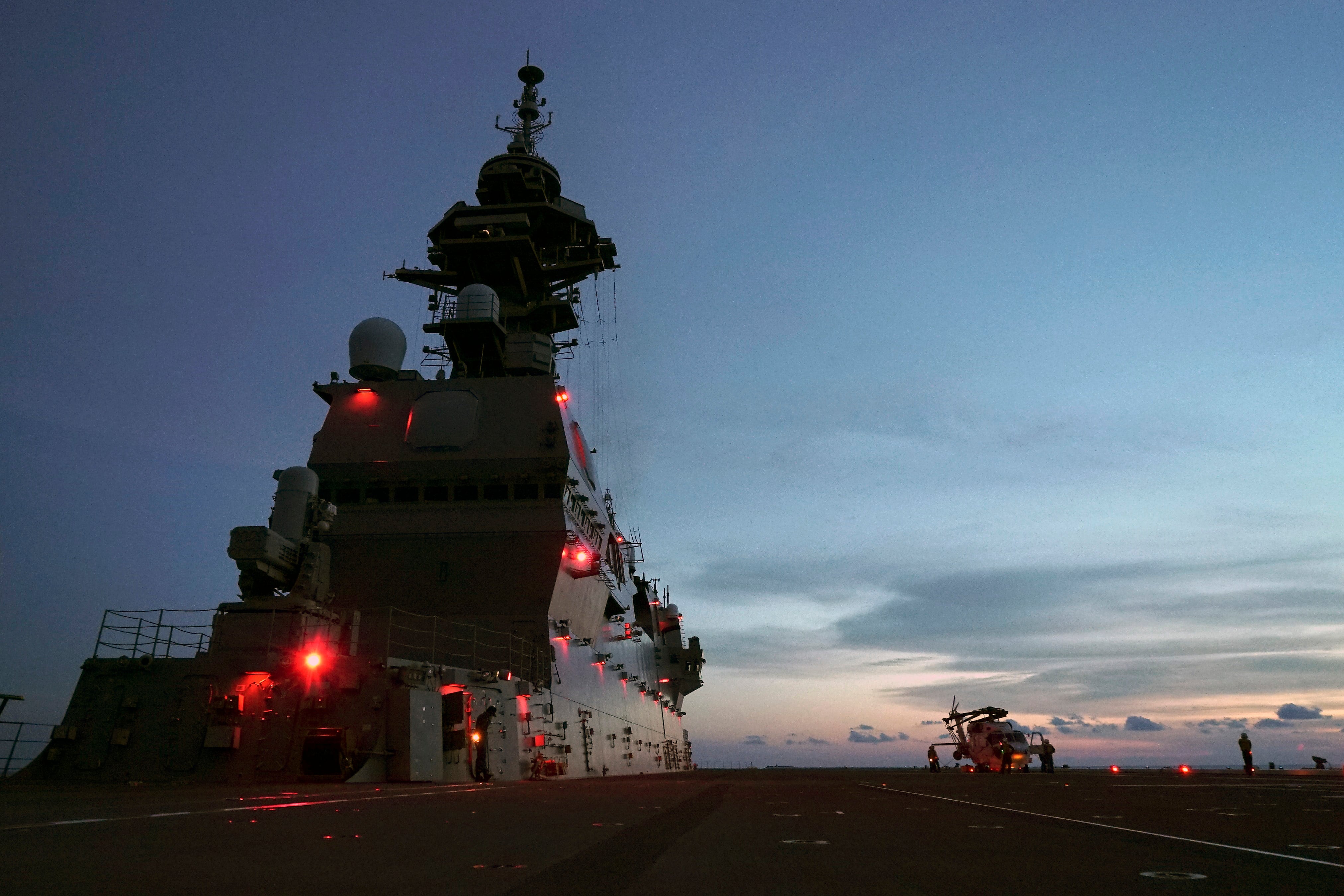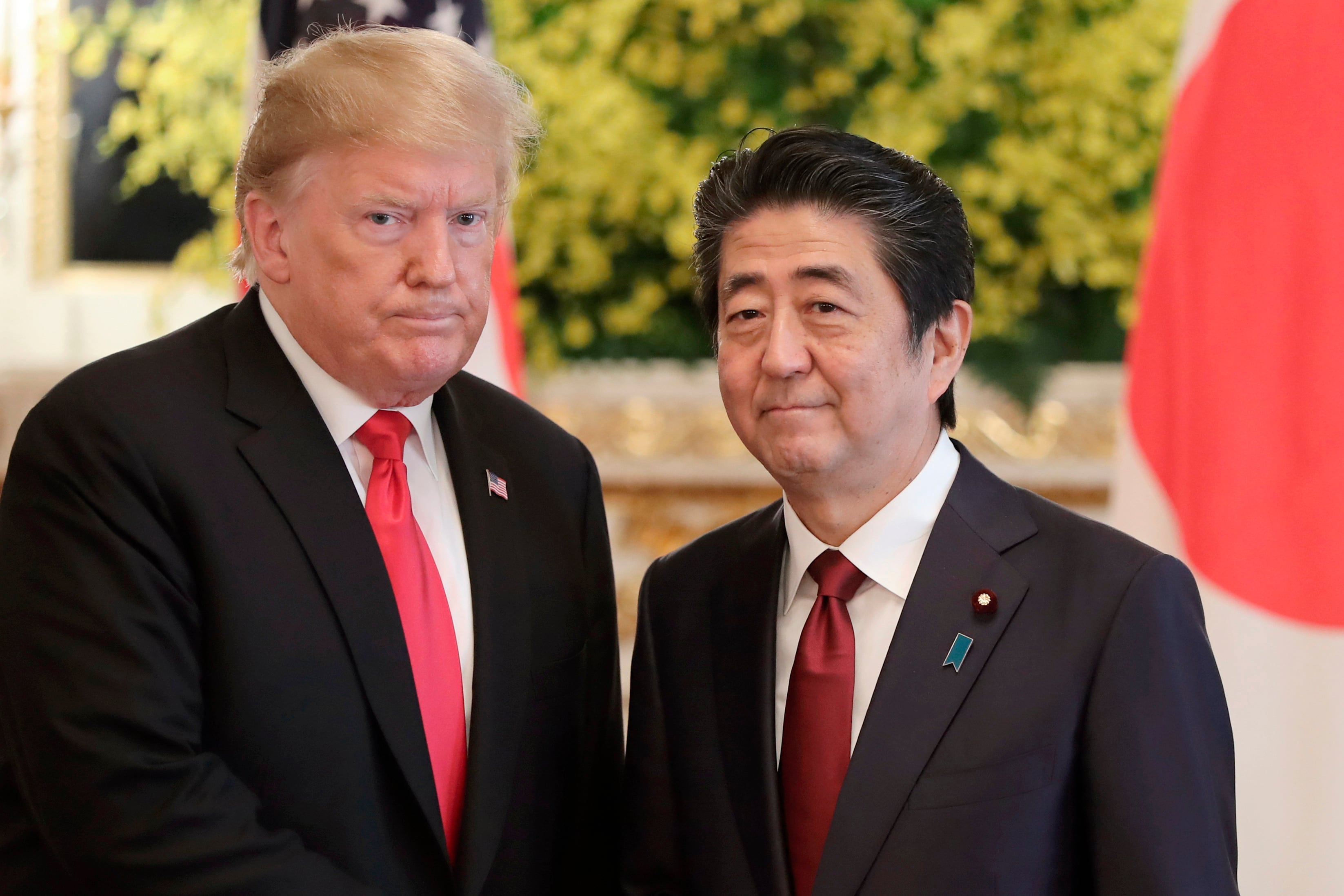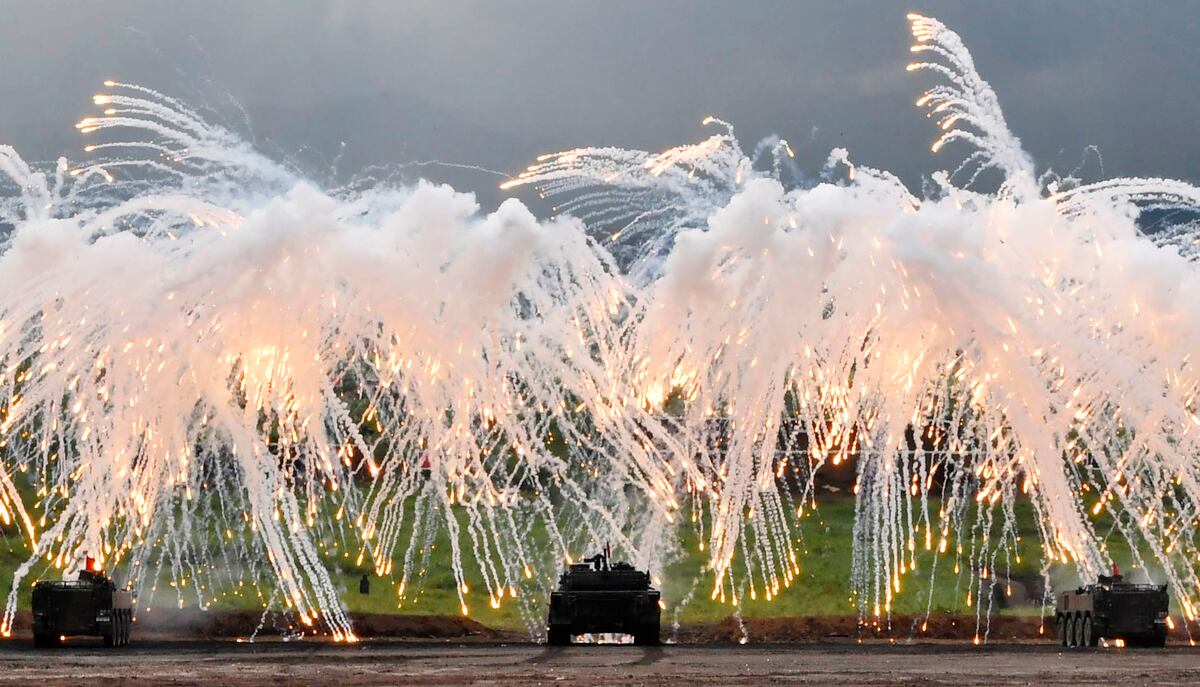TOKYO — Japan’s defense spending is expected to set a new record next year as the country deepens its military alliance with the U.S. and spends more on expensive American stealth fighters and other equipment amid threats from China and North Korea.
The Defense Ministry on Friday released its 5.32 trillion yen ($50.3 billion) budget request for fiscal 2020, an increase of 1.2 percent from the current year.
It could swell further if Japan agrees to pay more of the cost of stationing American troops in the country or for U.S.-led monitoring of tensions in the Strait of Hormuz near Iran before the budget is finalized later this year and approved by parliament.
Japan’s military spending has risen for seven consecutive years by a total of 13 percent, starting a year after Prime Minister Shinzo Abe took office in December 2012.
In 2018 it ranked 8th or 9th in the world in total defense spending, depending on calculation method.

Abe has pushed for Japan’s Self Defense Forces to expand its international role and capability by stepping up cooperation and weapons compatibility with the U.S., as Japan increasingly works alongside American troops.
Abe in 2015 reinterpreted Japan’s pacifist constitution to allow the use of force in defending itself and its allies.
Among the biggest planned purchases are six F-35B stealth fighter jets capable of short takeoff and vertical landing that cost 14 billion yen ($132 million) each, for deployment in 2024. They are the first of 42 F-35Bs that Japan is to acquire in coming years along with 105 F-35As, for a total F-35 fleet of 147 — the largest number of any country outside the U.S., and, critics say, more than is needed for a country committed to self-defense.
To accommodate the F-35Bs, the Defense Ministry will reconfigure the Izumo, one of two destroyers currently serving as helicopter carriers, beginning later this year with a heat-resistant flight deck and guiding lights at a cost of 3.1 billion yen ($290 million).
Defense Minister Takeshi Iwaya said earlier this month that F-35Bs belonging to the U.S Marines will also operate on the Izumo, primarily during joint exercises for the defense of Japan and not for independent U.S. missions, addressing concerns that higher levels of integration between the two militaries could increase the risk of Japan becoming embroiled in a U.S.-led conflict.
The arrangement underscores Japan's expanding role in its alliance with the U.S. as Trump pressures the country to do more.
It also is a major shift for Japan’s navy, which has lacked aircraft carriers because of a concern that they would remind Asian neighbors of Japanese World War II aggression.

China’s growing military presence and capability as it strengthens its claims across the South China Sea have unnerved many in the region.
Japan, under its new defense guidelines for the next decade, will set up a military unit specializing in space and beef up measures against cyber and electromagnetic attacks.
Japan and the U.S. agreed this year to cooperate in defense in space, as China and Russia seek to expand their military capability into space.
The Defense Ministry is seeking 52.4 billion yen ($490 million) to launch a 20-member unit as part of the Air Self-Defense Force to monitor the impact of space debris and potential electromagnetic interference on Japanese satellites and acquire a tracking system using a highly sensitive radar and optical telescope.
While acquiring costly American weapons helps reduce the U.S. trade deficit and enhances military cooperation and compatibility, it is a setback for Japan’s fledgling defense industry.
Amid calls for Japan to produce its own replacement for its aging F-2 fighter jets, the ministry will start developing a successor, possibly as a joint international project.
Growing defense costs are also a burden for a fast-aging nation with a declining population.
Japan’s five-year Medium Term Defense Program requires defense spending of 27 trillion yen ($255 billion) through 2024.
